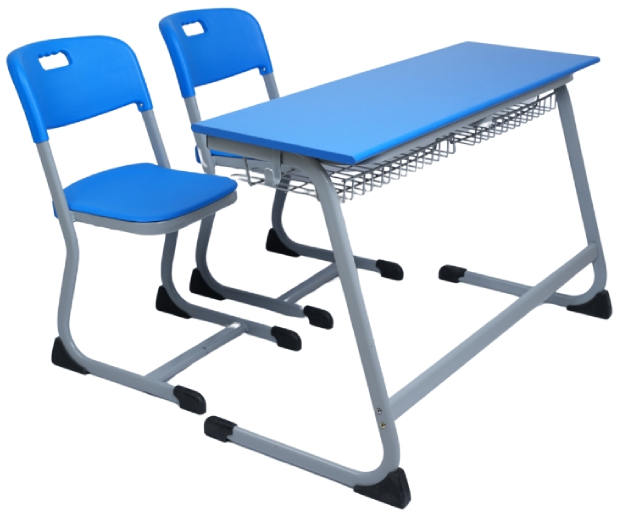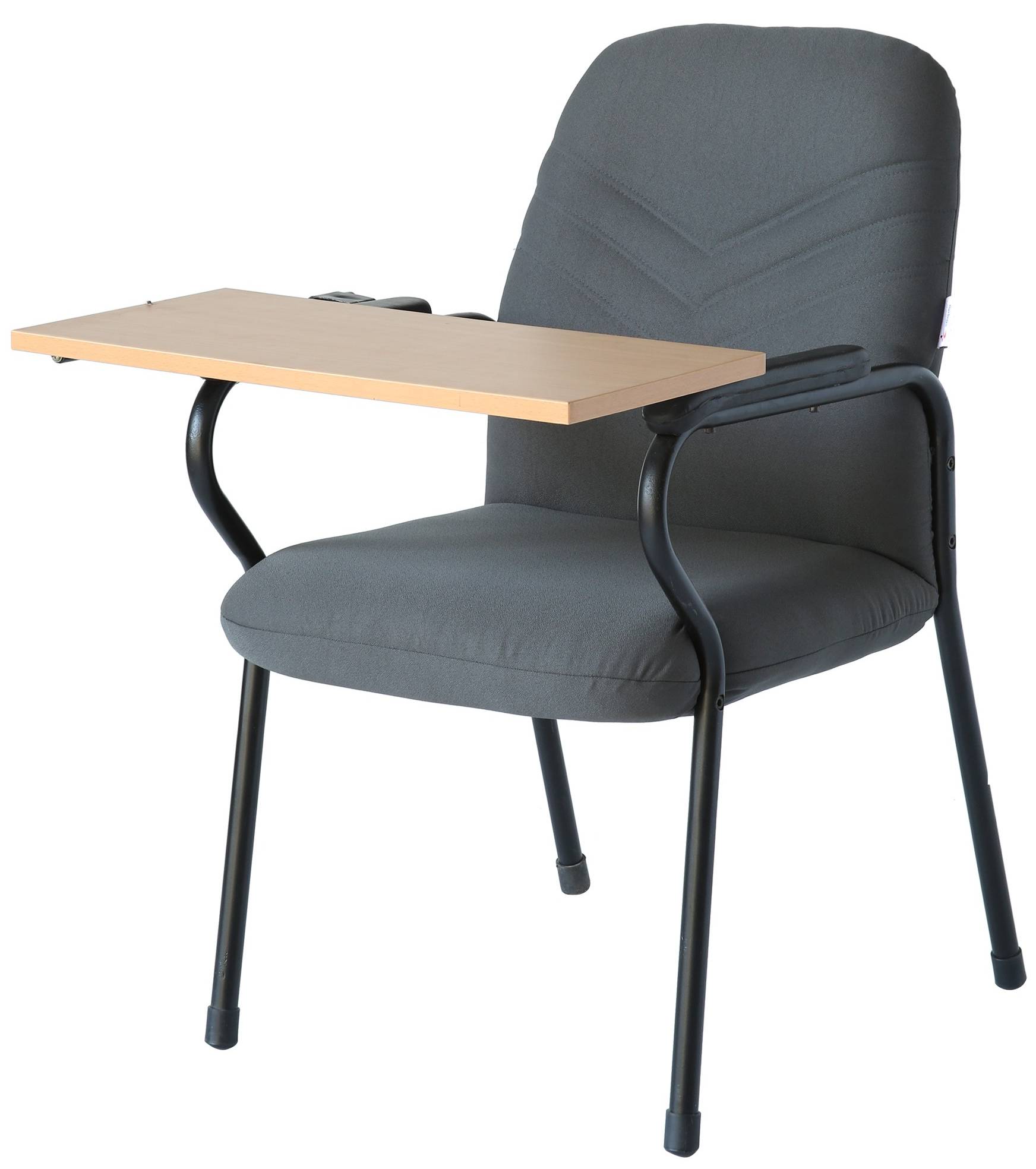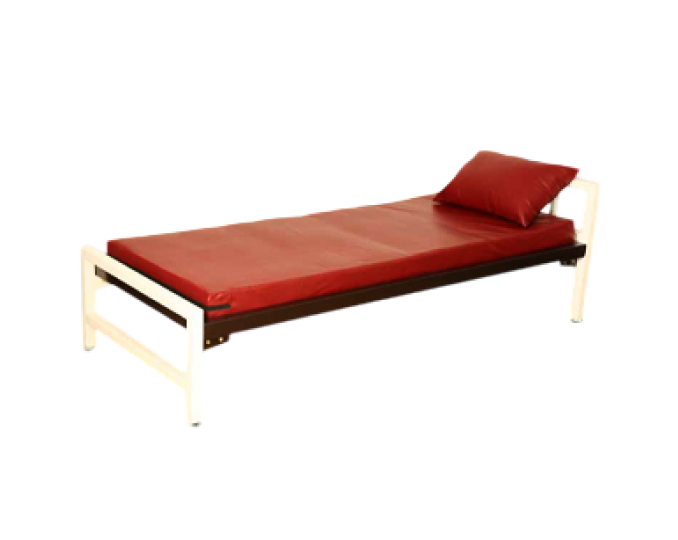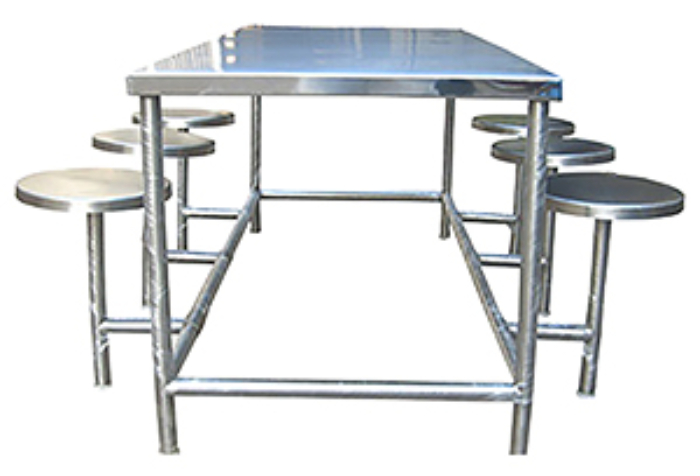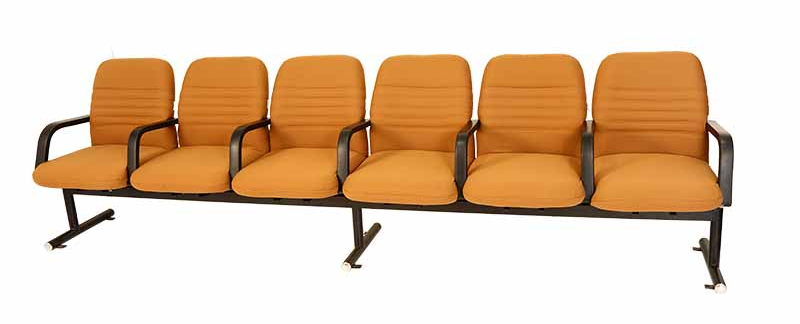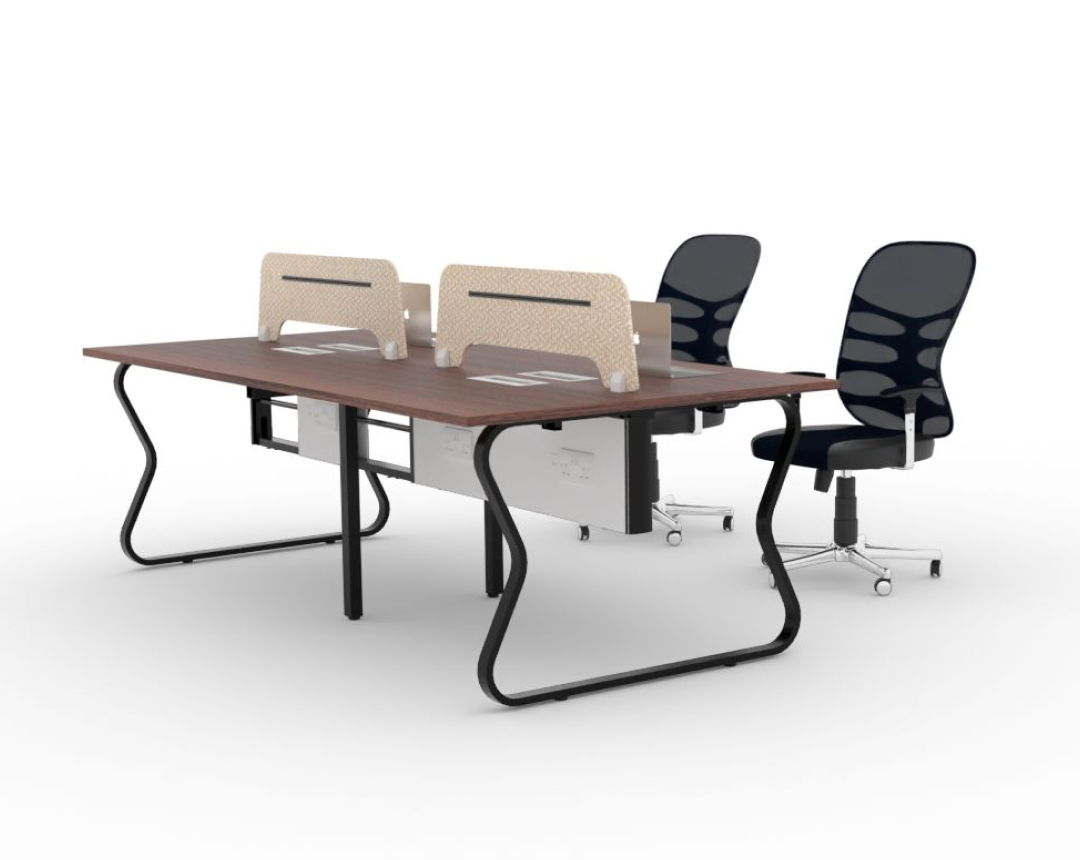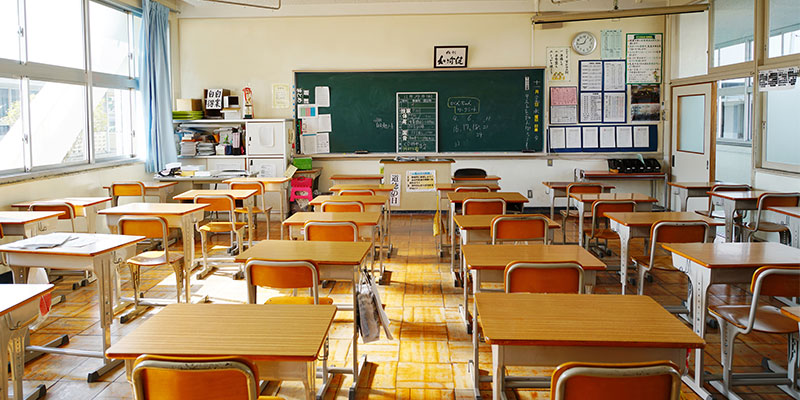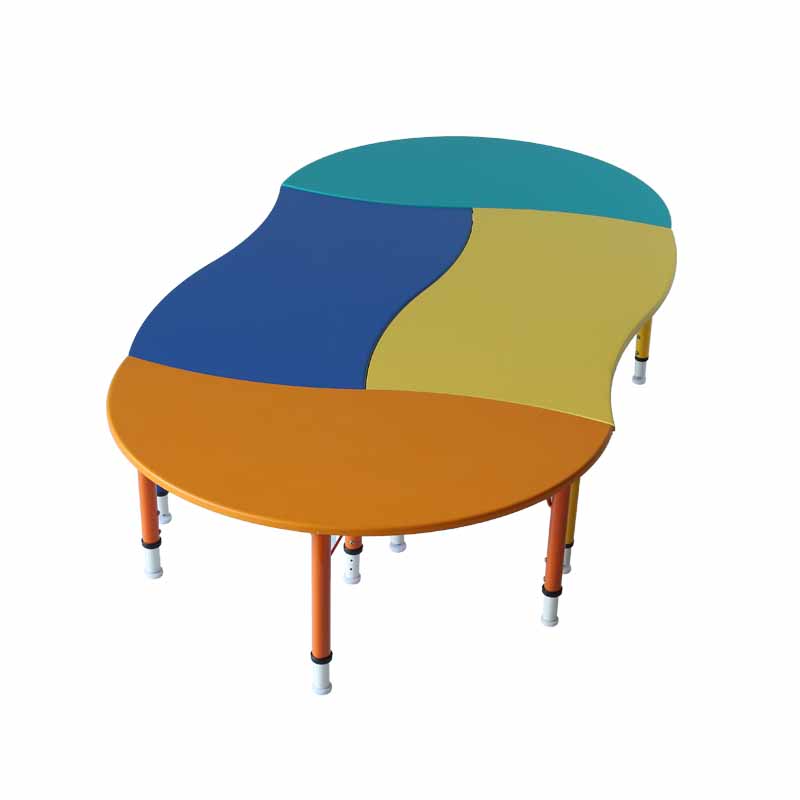Educators are responsible for creating a classroom environment suitable for learning, growth, and development. The furniture plays a major role in establishing such a conducive ambience. Although it may be tempting to concentrate on the visual appeal of furniture, it is essential to consider its sustainability and durability. Selecting environmentally friendly materials for furniture reduces the environmental impact, making it a great investment. This article will examine why selecting furniture for classrooms made of sustainable materials is crucial.
A Brief Introduction to Sustainable Furniture for Classrooms
Sustainable furniture consists of items that are biodegradable, non-toxic, and have minimal environmental impact during production and disposal. It utilises sustainable materials, applies sustainable manufacturing methods, and adopts innovative technologies and designs that foster sustainability.
Students spend the majority of their time in the classroom. Therefore, schools must cultivate a space for creative thought and inspiration and develop a sense of responsibility and awareness during this period. The journey towards these objectives begins with teaching students in a sustainable and healthy classroom environment. Implementing eco-friendly classroom furniture is an excellent way to spark environmental protection discussions. The importance of investing in environmentally friendly classroom furniture is:
Develops an eco-friendly mindset
With sustainable classroom furniture, it is easy to instil a concern for the environment in young children. The furniture can be used as props for environmental science lectures. Sustainable furniture will help reinforce the notion that preserving the environment is essential and a responsibility for every citizen.
Strengthens furniture durability
The majority of conventionally sustainable furniture is crafted from responsibly sourced timber, such as bamboo, walnut, and eucalyptus. These varieties of wood are extremely resilient and can stay for an extended period of time. Thus, selecting sustainable materials contributes to a secure and safe learning environment in schools.
Aids environmental preservation
Deforestation and the use of toxic substances during the manufacturing of furniture can have an immense effect on the environment. Sustainable furniture production aims to reduce this impact on our environment and protect it for future generations. Similarly, the use of sustainable materials contributes to the reduction of pollution and the promotion of the conservation of natural resources.
Minimises global warming
The furniture industry contributes significantly to emissions of greenhouse gases. The use of renewable energy sources, the minimisation of pollution, and the reduction of energy consumption can aid in reducing these emissions.
Develops social responsibility
Fair labour practises, worker safety, and the moral procurement of raw materials are prioritised in environmentally responsible furniture production. This contributes to the development of a more ethically responsible industry that promotes worker and community welfare. In addition to creating job possibilities and fostering the development of small businesses, manufacturing furniture in a sustainable manner can also generate various economic benefits.
Types of Sustainable Materials Utilised in Furniture for Classrooms
Sustainable materials for furniture production are those that have a lower environmental impact than conventional materials. Various materials, including recyclable, natural, or synthetic ones, can be utilised to create diverse furniture patterns and designs. Additionally, sustainable materials’ distinct textures, hues, and qualities can add value to furniture. The following are some of the sustainable materials utilised in the manufacturing of furniture:
Bamboo
Bamboo is the most eco-friendly available furniture material. It grows rapidly and needs little water, making it an environmentally favourable option. In addition to its strength and durability, bamboo is an excellent material for furniture as it will survive for decades. It is sturdy, lightweight, and also has a distinctive texture that can create several furniture designs.
Wood (reclaimed)
Reclaimed timber is obtained from old constructions like buildings and other structures. It is an environmentally friendly substitute to standard wood and can give the furniture a vintage or rustic appearance. Utilising reclaimed wood may minimise the demand for cutting down new trees, thereby reducing waste. In addition, the use of reclaimed wood reduces the amount of energy and materials required to construct new furniture.
Plastic (recycled)
Recycled plastic may create lightweight, durable, and easy-to-clean furniture. It is another sustainable alternative to conventional plastics derived from materials like post-consumer waste. Utilising recycled plastic decreases the amount of disposable plastic in oceans and landfills.
Cork
This renewable material can be utilised to create lightweight, durable, water-resistant, naturally insulating furniture. It is derived from tree bark which can be composted or recycled once it expires or its usefulness ends.
Organic cotton
Organic cotton, cultivated without the utilisation of detrimental pesticides and chemicals, serves as an environmentally sustainable substitute for conventional cotton. This versatile fabric finds applications in creating cushions, covers, and various other soft furnishings.
Things to Consider Before Choosing Sustainable Materials
When it comes to selecting sustainable materials for furniture, educators must consider a number of factors.
- Search for durable materials that will withstand regular use. This includes metal, high-quality plastic and substantial wood
- Seek non-toxic and chemical-free materials. This includes reclaimed wood, bamboo, and recycled plastic.
- Seek out renewable materials with minimal environmental impact. This category contains bamboo, natural rubber and cork.
Endnote
To create a safe and healthy learning environment, it is crucial to choose sustainable materials. By choosing furniture manufactured from non-toxic substances, institutions may decrease their carbon footprint as well as waste output. In addition, selecting durable resources may save schools money over time and ensure an atmosphere of security and safety for students and faculty. It is your duty as educators to choose aesthetically appealing furniture that contributes to a better tomorrow. Feel free to call Inspace School Furniture, well-known for creating the best furniture for classrooms in Chennai, if you wish to invest in durable and eco-friendly furniture for your school.

